Choice is an important motivator. When our kids have choices during literacy centers, they’re more engaged and more likely to stay on task!
And there are many ways to provide choice during literacy centers.
We might allow our students to select which centers they visit. Or we may let kids choose the order in which they visit them. Or we could post lists of “must do” and “may do” activities. There are tons of options!
That said, I have a strong preference for how I provide choice during literacy centers.
In this post, I’ll share the simple strategy I use to give students choice – AND why I think it works so well!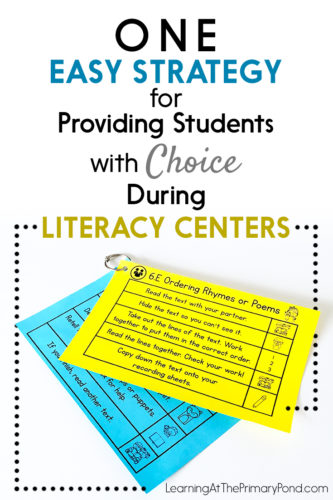
I prefer to specify which centers students visit, as well as the order in which they visit them. I provide choices within each center. For example, in the partner reading center, the kids can choose from 2-3 partner reading activities.
Here’s why I tell students when they go to each center, rather than allowing them to choose:
It allows me to strategically determine student groupings. I like to give students opportunities to work with same-ability and different-ability peers. When I determine who students will work with (by assigning centers), I can intentionally create these opportunities. I can also prevent students who do not work well together from being in the same group! If you allow kids to choose their own centers or the order of their activities, it’s hard to accomplish both of those goals.
It helps us get a solid start to centers each day. I do allow students to select their centers when we have choice time / play time. And holy cow, does it take a while! On the other hand, if my kids know exactly where they have to go during literacy centers, our centers block gets off to a quicker start. Of course, kids can potentially waste time choosing what activity to do within each center. BUT I just like the feeling of a crisp, quick start to centers. It sets the tone for the rest of the work period!
It makes organization and tracking simpler. I’ve seen teachers use checklists to have students mark which centers they visit. I’ve seen this system work great! But I’ve also seen kids spend more time messing around with their checklists than actually doing the centers work. Or they mark things incorrectly and miss (or intentionally avoid!) certain activities. When it comes to primary students, I feel that I can better track students’ centers activities when I establish an order for the centers they visit.
Of course, this is just my own opinion. These are my personal preferences.
I know teachers who are very successful managing things differently! And occasionally, I do let my students choose the order in which they visit centers—typically as a reward or toward the end of the school year.
How It All Works
To recap, I tell my students when they visit each center, and they then get to choose which activity or activities they do within the center. So what does this look like in practice?
1. We have some type of centers rotation board. I’ve created this on a bulletin board, in a pocket chart, or on an interactive whiteboard. You can use students’ names or photos. As long as the kids can clearly and easily see where they’re supposed to go, there’s no wrong way to do it!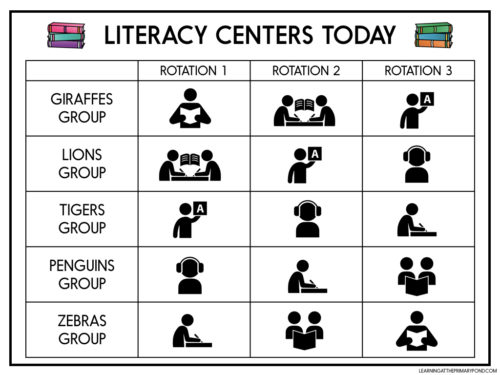
2. I dismiss each group, one at a time, to begin working in their center. I typically have a different space in the classroom set up for each center. It takes just a few minutes to dismiss students. As the kids start working, I give compliments and positive feedback to encourage other students to follow the lead of students who begin their work right away.
3. Once they are in a center, students locate the choice ring and select an activity. On the ring, there are cards with visual directions that show students what to do. All activities have been modeled and taught to students in the past.
4. Students complete the desired activity and return to choose another one if they finish. This typically eliminates the problem of fast finishers—students always have something else they can do!
Again, this is just what works for me. What works for you? Do you have a different approach that you love? Please share in a comment!
If you like the idea of visual directions, you’ll love my new centers resources for K-2! You can read more about each bundle (and the individual center packs) by clicking on the images below!
Happy teaching!!

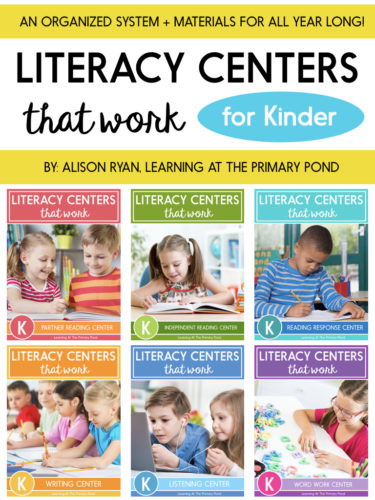
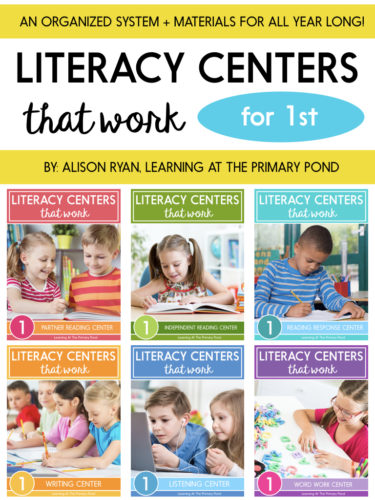
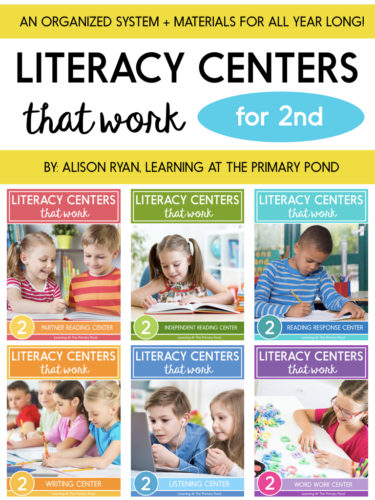
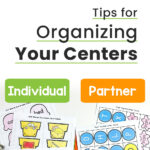
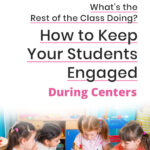
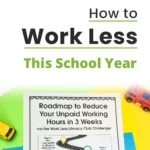

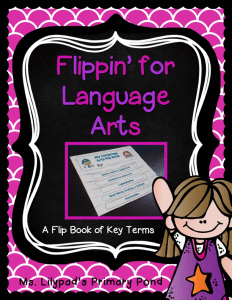
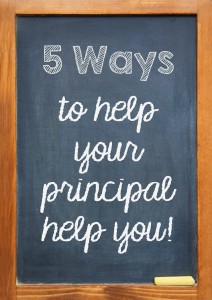






Thank you!
Do you organize groups based on ability, or do you mix up abilities in each group?
Hi Kerri! I have mixed ability groups for centers. Then, for guided reading or other small groups, I pull kids from different center groups.
I also have a whole post on this planned for September, so keep an eye out for that! 🙂
Alison
Hi Alison,
Do you have a layout you could share on how you organize/ pull students from different centers for guided reading groups?
Hey Amanda! I will have a blog post on that coming up in September, but in the meantime, you can check out this video: https://youtu.be/-QUZU6YUJa8
Alison
Thank you Alison, the video was very helpful.I can’t wait to read your post in September.
Thank you again,
Amanda
You’re welcome, Amanda! Thanks for reading!
Alison
love this idea! i have done something similar in the past and i worked well. I will def read your sept blog post about it 🙂
Spending time at the beginning of the year specifically teaching about the tools helps kids to gain independence. Then the words or materials will change but the activity that they have been trained to use remains the same so they can have independence!